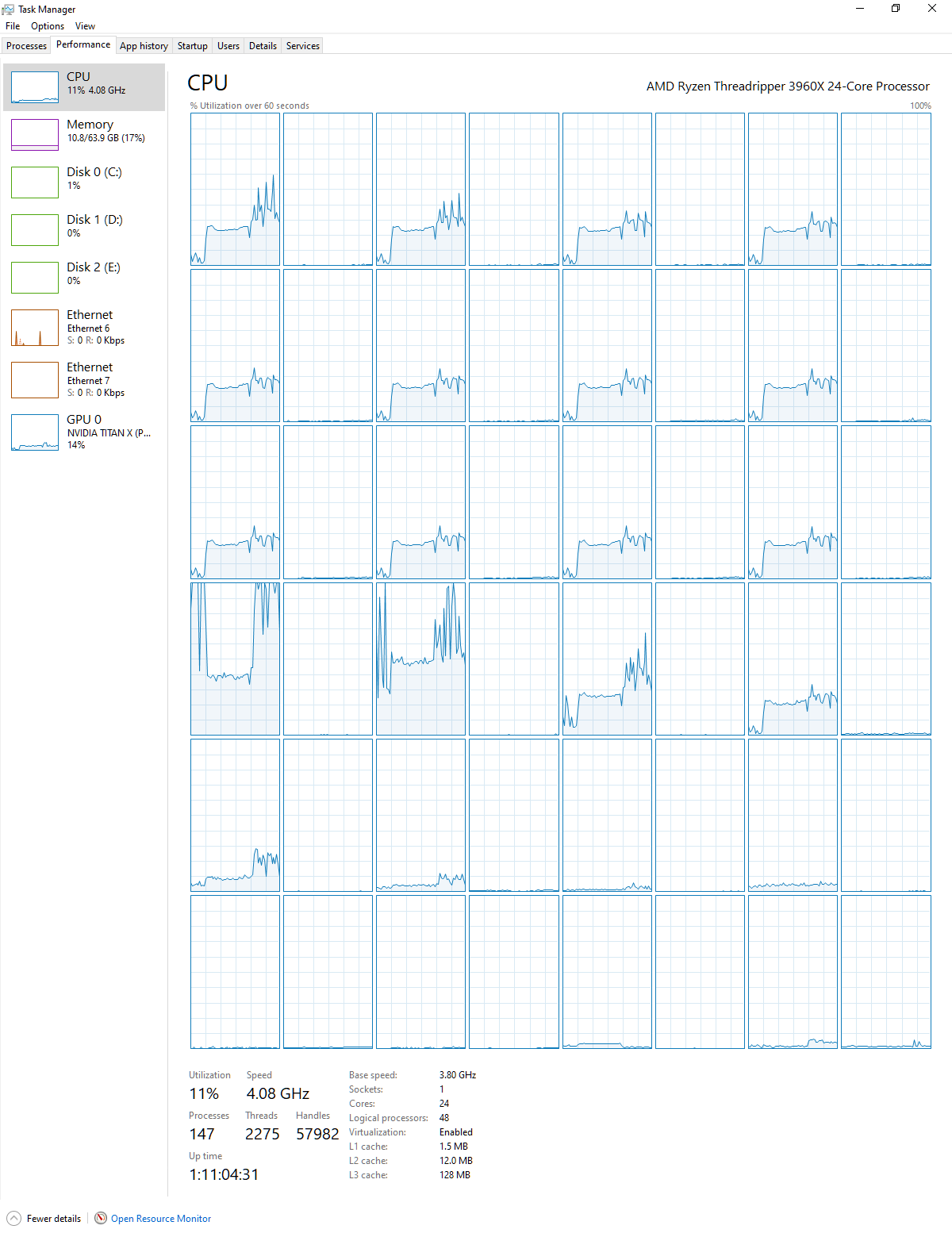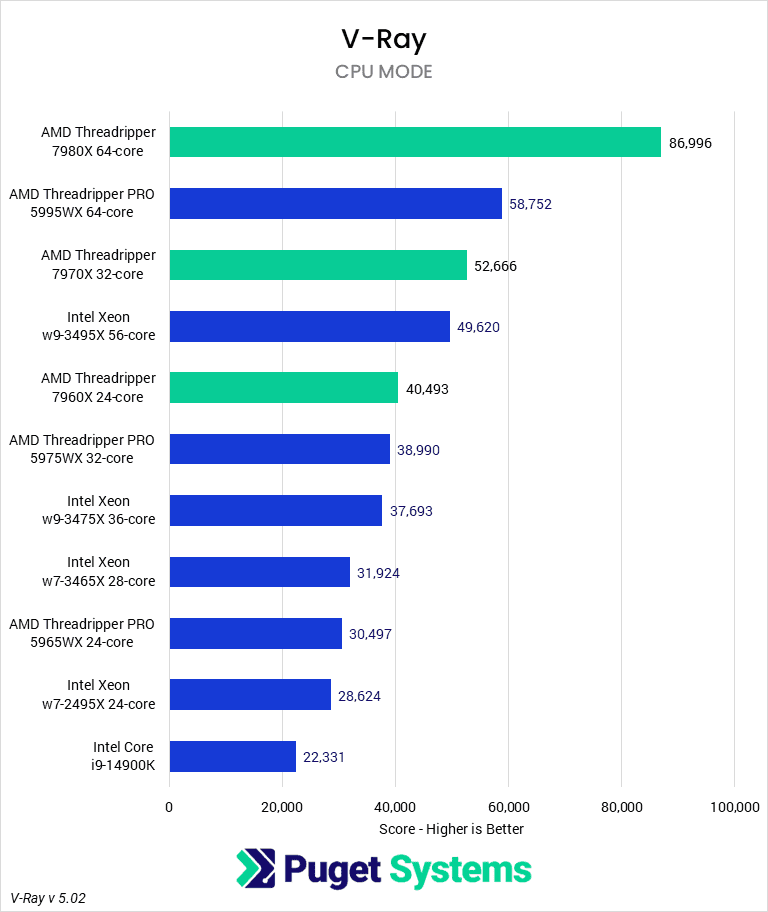Zarathustra[H]
Extremely [H]
- Joined
- Oct 29, 2000
- Messages
- 38,924
I wonder if Civilization could leverage it, a core for every civ should speed up those turns late game
yeah my googling was turning up that civ6 tops out around 20 threads....
I did all my testing back in 2019 after first buying the threadripper. I probably posted it on here somewhere
What I do remember was that it was WAY fewer threads than I expected based on all of their bragging about multithreading.
Of course I did.

From this thread (which has more context)
Last edited:
![[H]ard|Forum](/styles/hardforum/xenforo/logo_dark.png)

